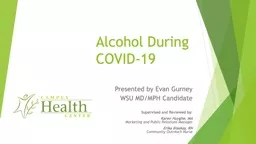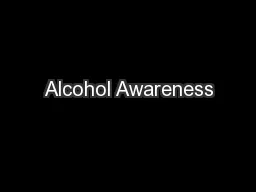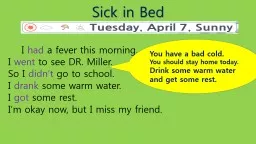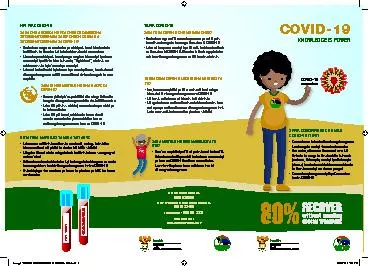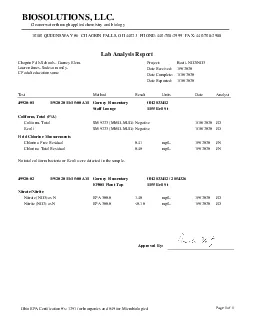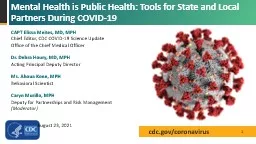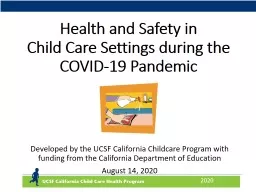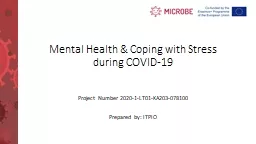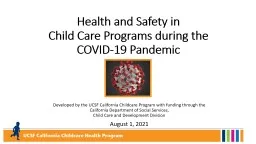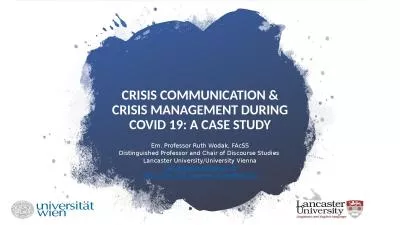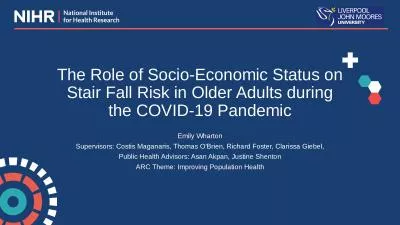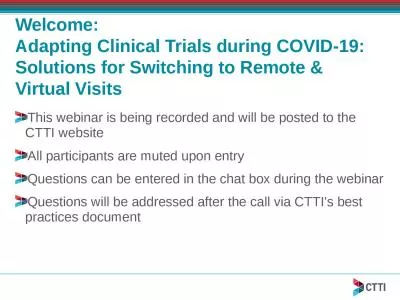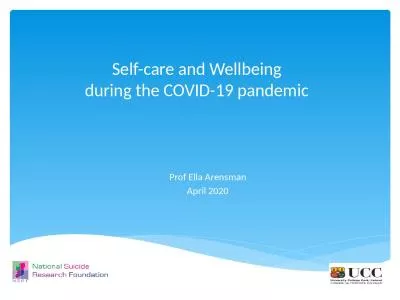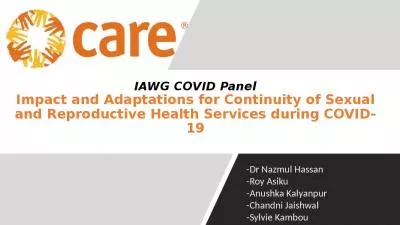PPT-Alcohol During COVID-19 Presented by Evan Gurney
Author : anderson | Published Date : 2022-05-31
WSU MDMPH Candidate Supervised and Reviewed by Karen Huyghe MA Marketing and Public Relations Manager Erika Blaskay RN Community Outreach Nurse What are we going
Presentation Embed Code
Download Presentation
Download Presentation The PPT/PDF document "Alcohol During COVID-19 Presented by Eva..." is the property of its rightful owner. Permission is granted to download and print the materials on this website for personal, non-commercial use only, and to display it on your personal computer provided you do not modify the materials and that you retain all copyright notices contained in the materials. By downloading content from our website, you accept the terms of this agreement.
Alcohol During COVID-19 Presented by Evan Gurney: Transcript
Download Rules Of Document
"Alcohol During COVID-19 Presented by Evan Gurney"The content belongs to its owner. You may download and print it for personal use, without modification, and keep all copyright notices. By downloading, you agree to these terms.
Related Documents

